Active Soil Depressurization System
Active soil depressurization system. Part of the mitigation cost can depend upon what is required to conceal the system and maintain the aesthetic value of the home. Active Soil Depressurization. The objective of these installations is to provide sub-slab depressurization to reduce to the extent.
The only difference is that the piping is installed on the outside foundation of the home. Most radon mitigation systems use Active Soil Depressurization ASD to reverse the normal flow of soil gas. Due to its high reliability in radon reduction in a wide variety of houses and other buildings ASD should be one of the first approaches considered.
Active soil depressurization is the idea that by sealing the slab and creating a vacuum underneath the basement floor one can use a special radon mitigation fan to create negative pressure throughout the sub-soil and ultimately draw the soil gas from beneath the home or building to safely vent it above the roofline. The pipes will be installed on the outside foundation of your house. One or more of the following types of radon mitigation system types involving mechanically driven soil depressurization.
As described in Radon Entry Behavior a building creates a negative pressure that draws in the radon gas. Active soil depressurization is the idea that by sealing the slab and creating a vacuum underneath the basement floor one can use a special radon mitigation fan to create negative pressure throughout the sub-soil and ultimately draw the soil gas from beneath the home or building to safely vent it above the roofline. The active soil depressurization radon reduction ASD system is the most popular and successful method used today for lowering radon levels.
Active Soil Depressurization Exterior A similar type of system as the one listed above can also be installed outside of your home rather than inside of it. Active Soil Depressurization ADS This form of Radon mitigation is the most common type of system installed in the Northern Virginia area. Chapter E401 Active Soil-Depressurization Systems.
Active Soil Depressurization System Design Based upon the results of the ASD pilot study MACTEC proposes installation of an ASD system for the main building and installation of individual ASDs for each of the three small retail units. Schedule 40 PVC piping is used to vent the radon gas out of the house. Active soil depressurization As described before ASD is the most common form of radon mitigation in existing houses.
The withdrawal of air causes the sub-slab or sub-membrane area to be a. The ASD system depressurizes the soil by actively drawing in the air and gas from below the slab or vapor barrier if there is no slab and exhausts it above the roofline through a 3-4 inch PVC pipe.
This method reduces radon gas.
Sub-Slab Depressurization SSD SSD systems are the most common systems installed. The pipes will be installed on the outside foundation of your house. Activ e soil-depressurization system. A RadonAway series fan draws out the radon gas venting it to the air above the home. When any active depressurization system is installed it is recommended to make sure that its operation does not cause back-drafting of combustion appliances such as a furnace water heater. Schedule 40 PVC piping is used to vent the radon gas out of the house. An ASD system is the preferred and typically the most effective method to reduce the Radon levels in homes that have a concrete floor in the basement or lowest level of the home. Active Soil Depressurization Exterior A similar type of system as the one listed above can also be installed outside of your home rather than inside of it. Chapter E401 Active Soil-Depressurization Systems.
Hundreds of thousands of homes have. Sub-Slab Depressurization SSD SSD systems are the most common systems installed. An ASD system is the preferred and typically the most effective method to reduce the Radon levels in homes that have a concrete floor in the basement or lowest level of the home. 2012-12-08 192031 Permanent URL. Most radon mitigation systems use Active Soil Depressurization ASD to reverse the normal flow of soil gas. Active Soil Depressurization ADS This form of Radon mitigation is the most common type of system installed in the Northern Virginia area. A Sub-slab Active Soil Depressurization System usually has one suction point and is installed in the basement to mitigate radon in air.




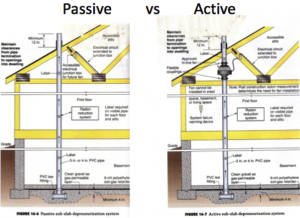

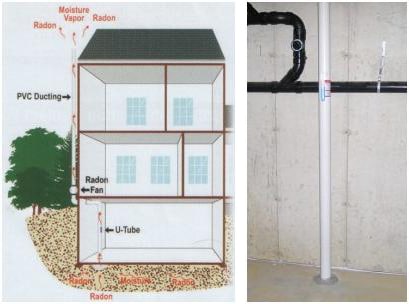




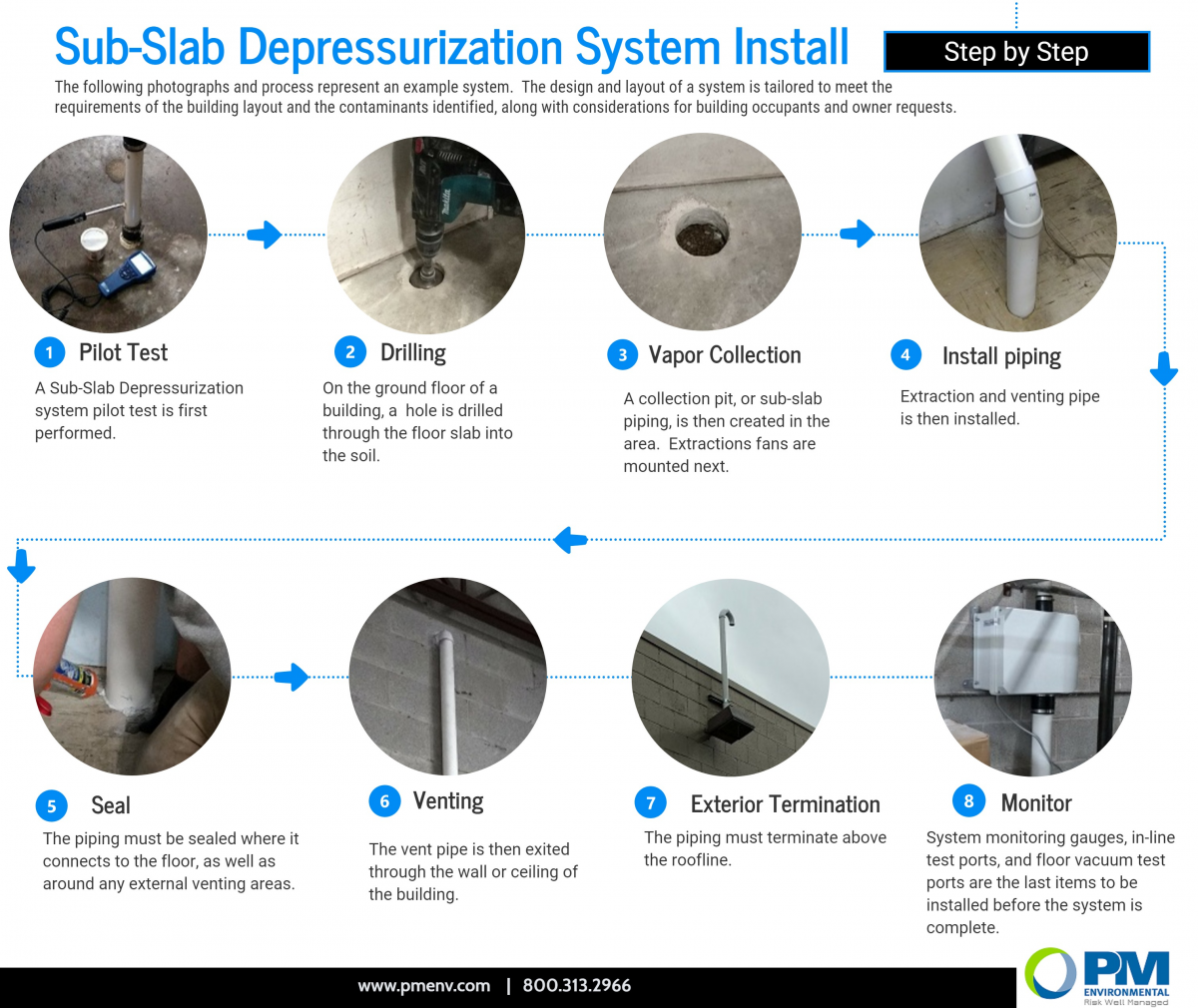
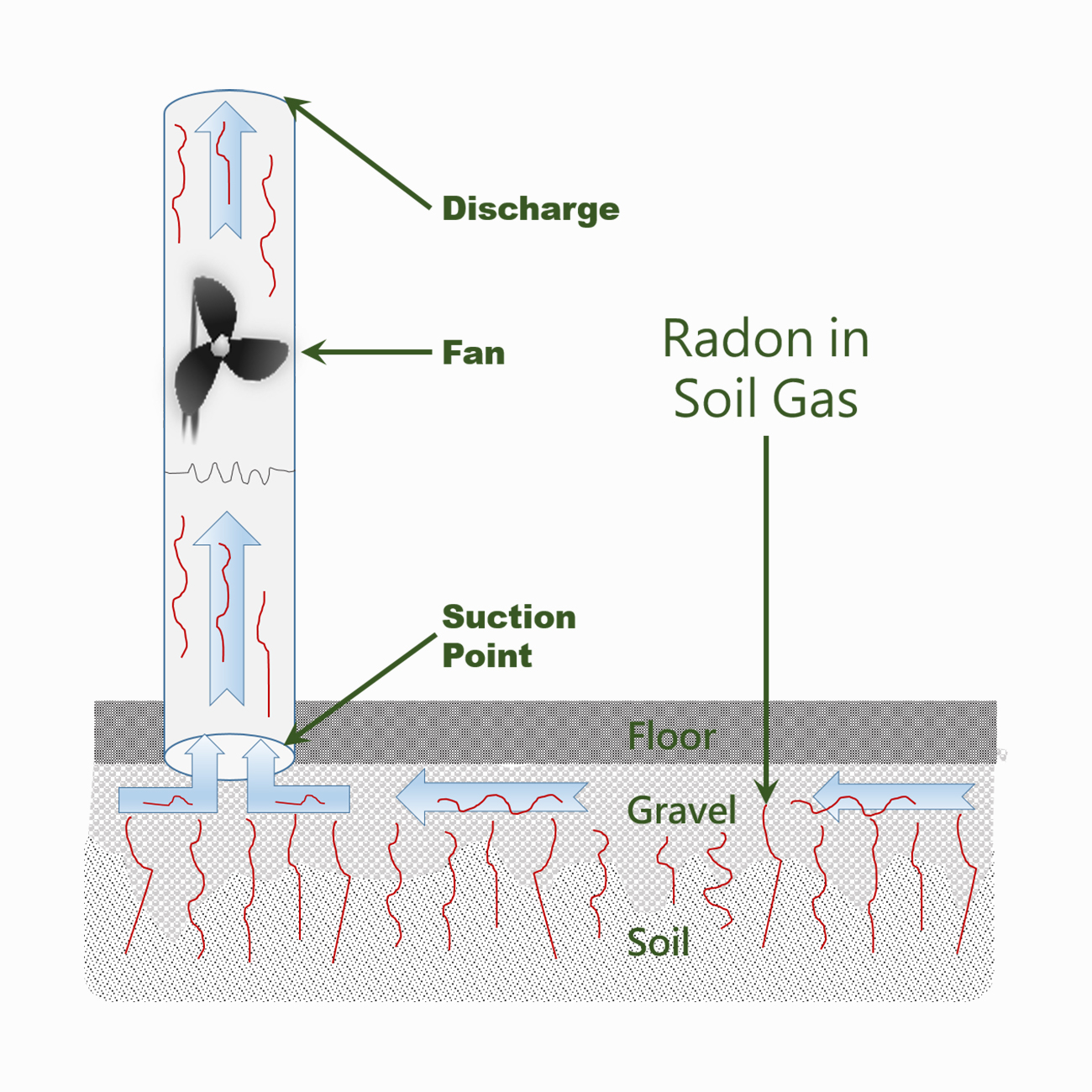



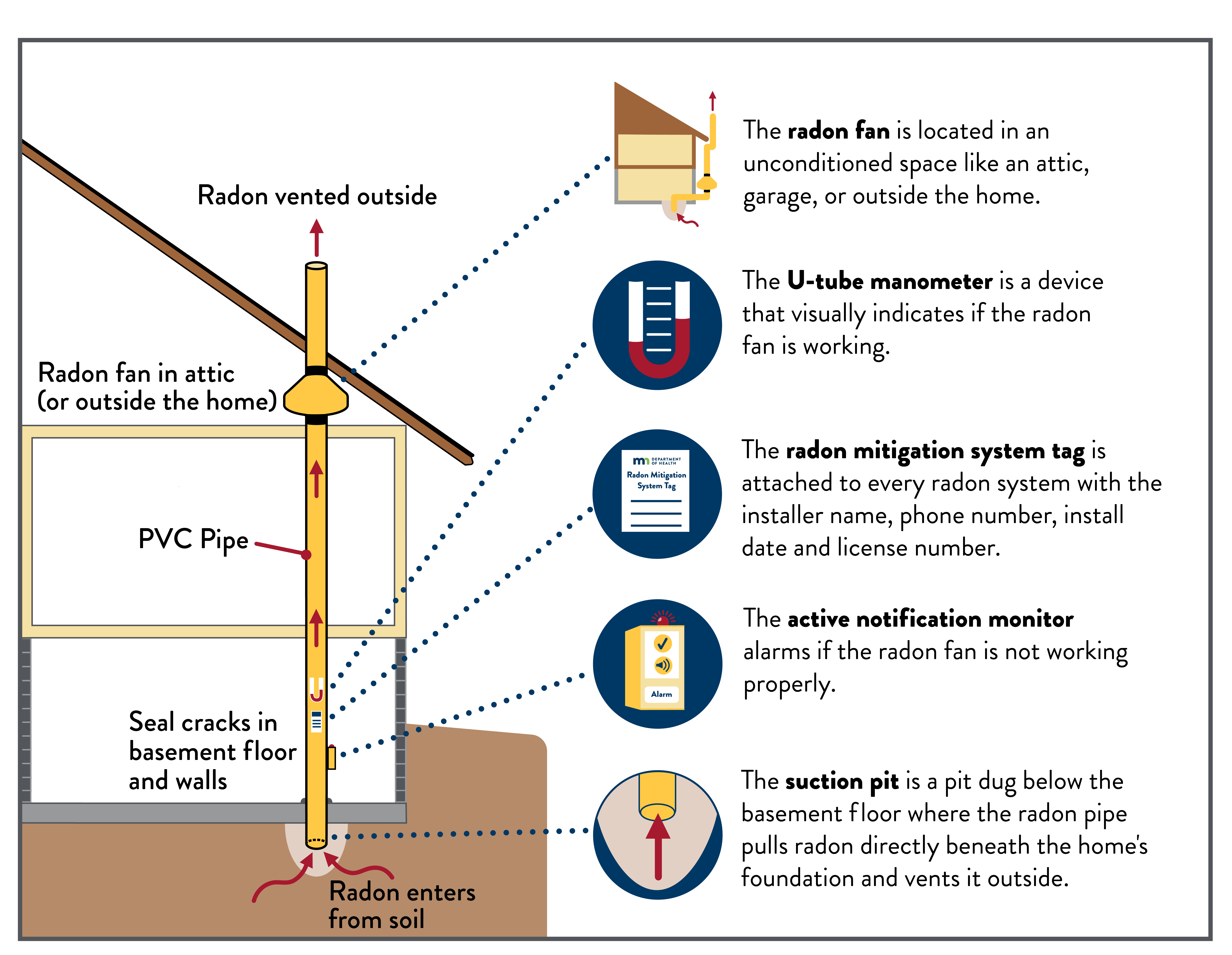

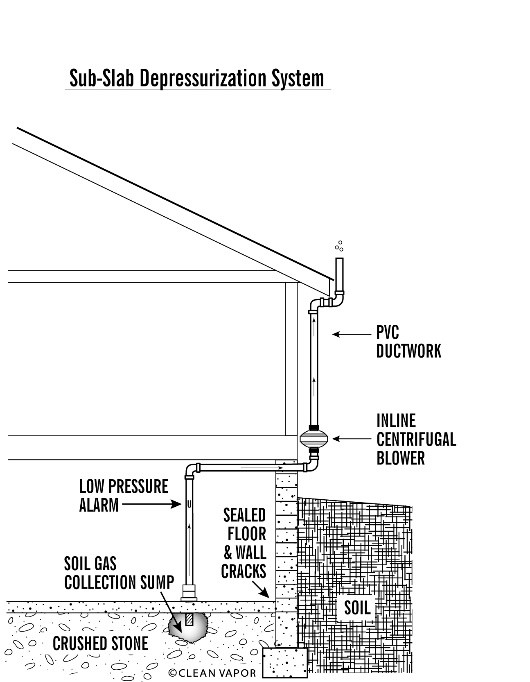
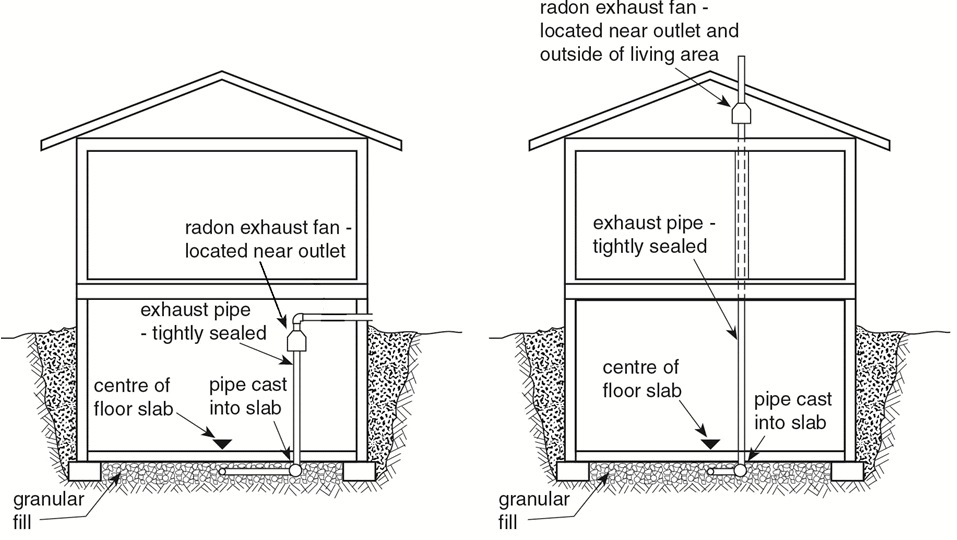

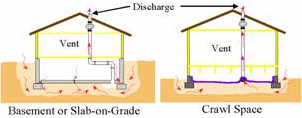
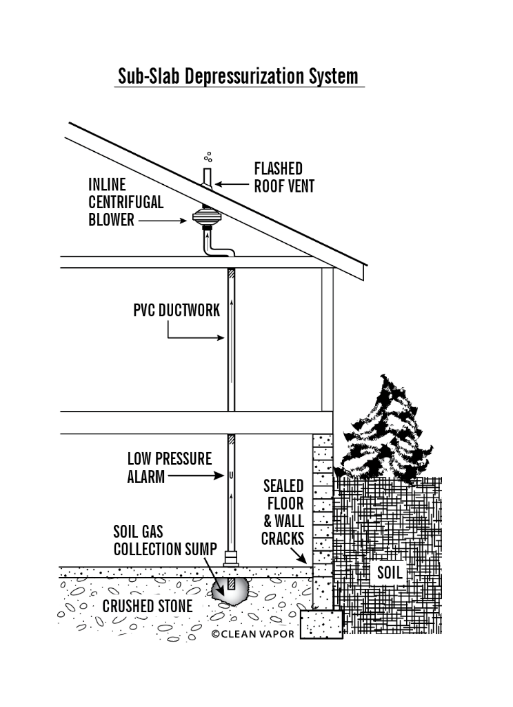
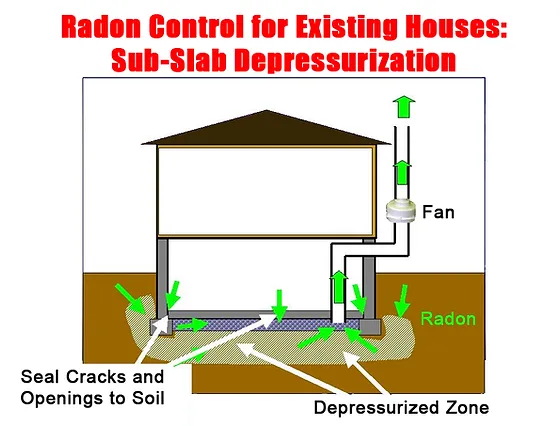



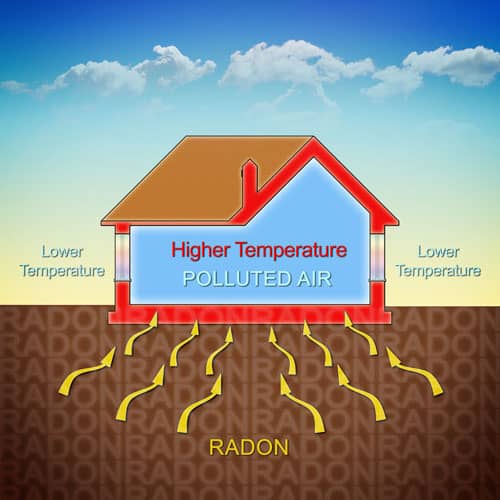


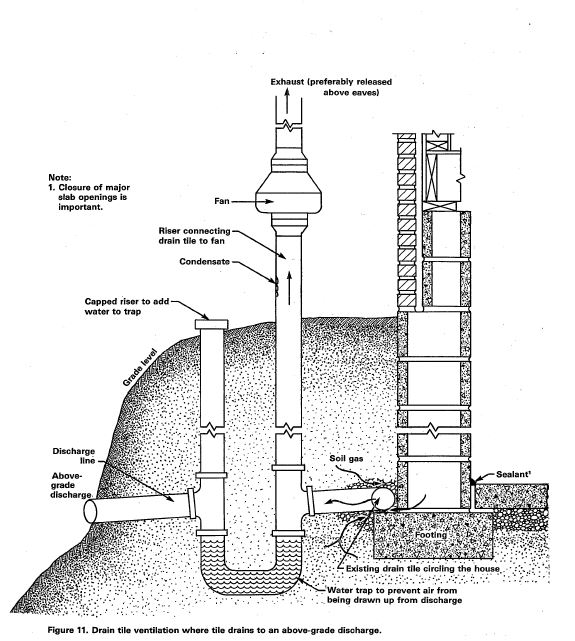
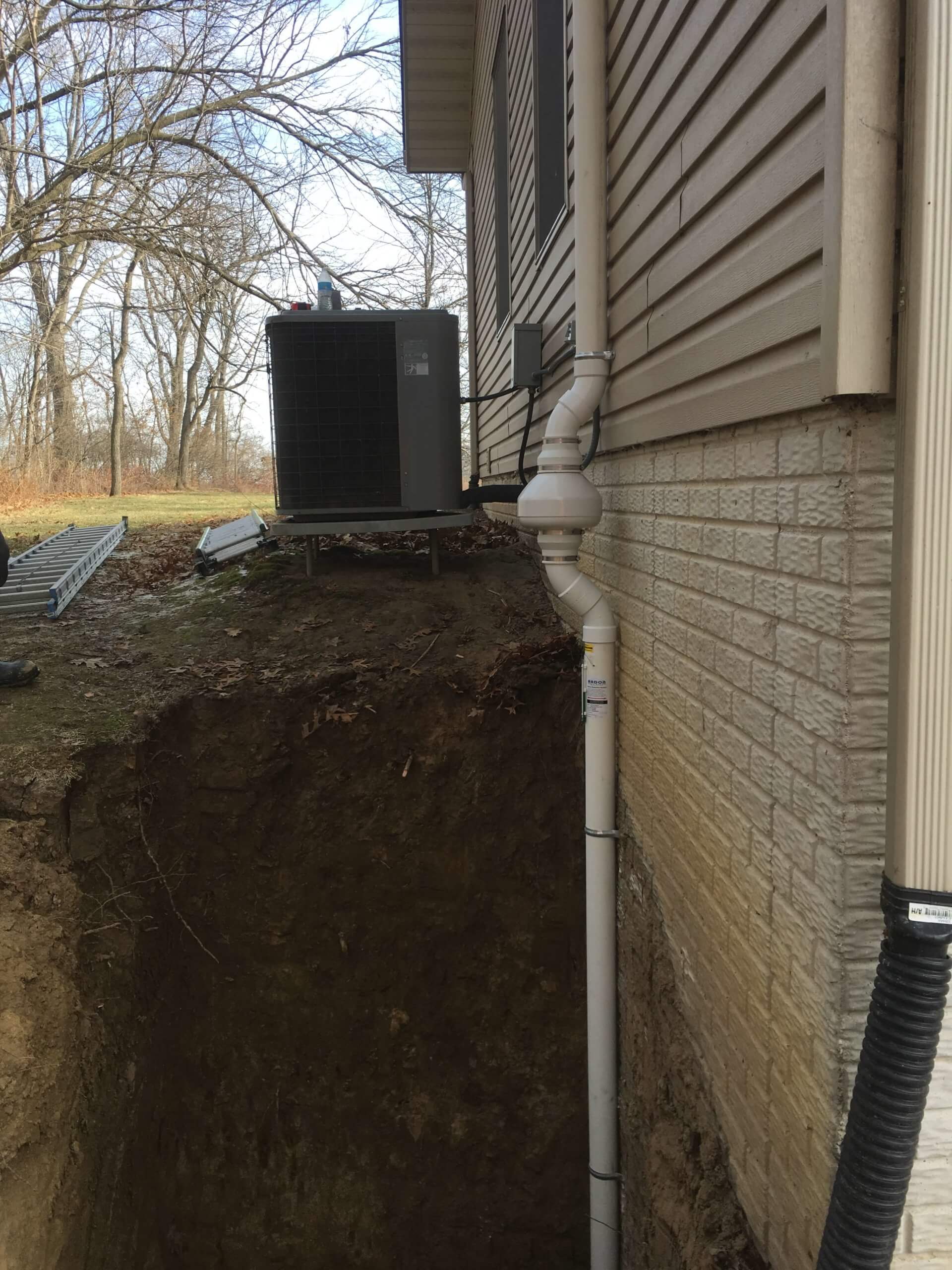


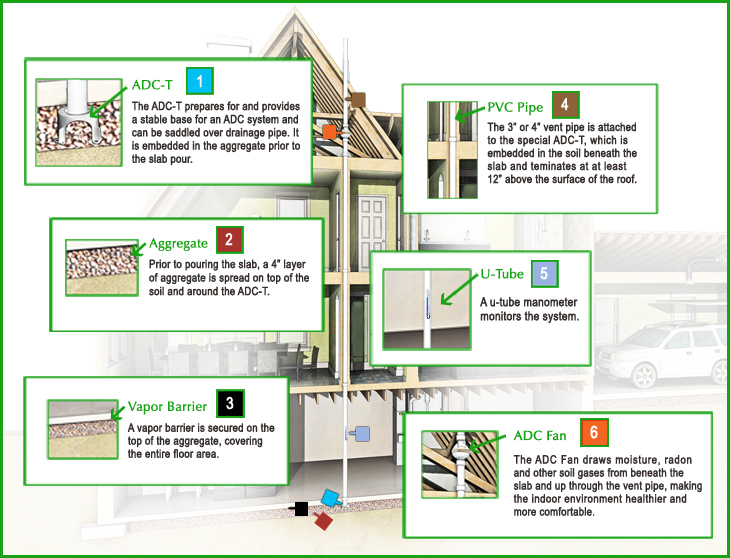

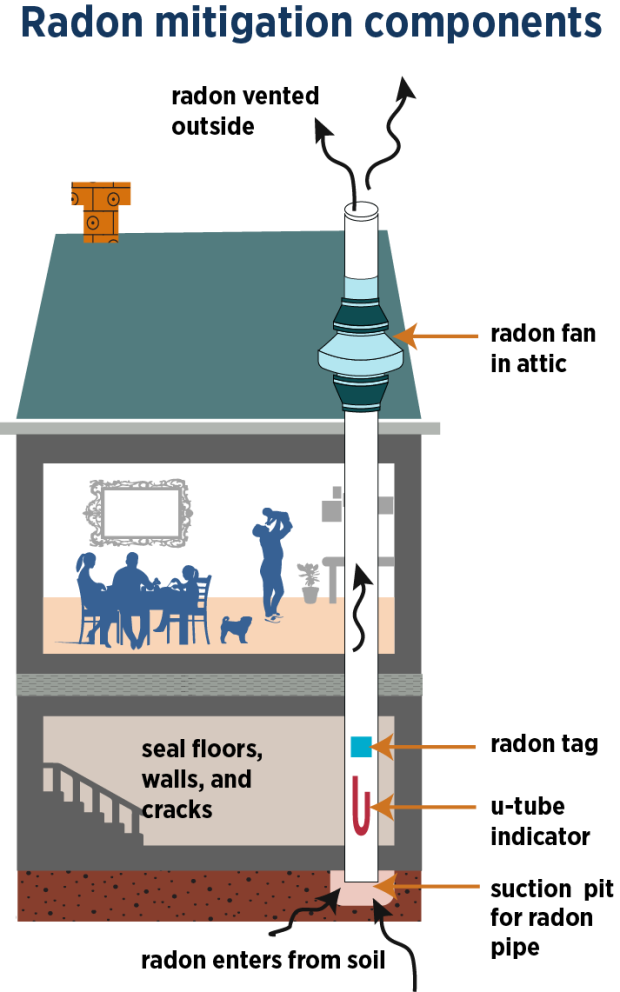


Post a Comment for "Active Soil Depressurization System"